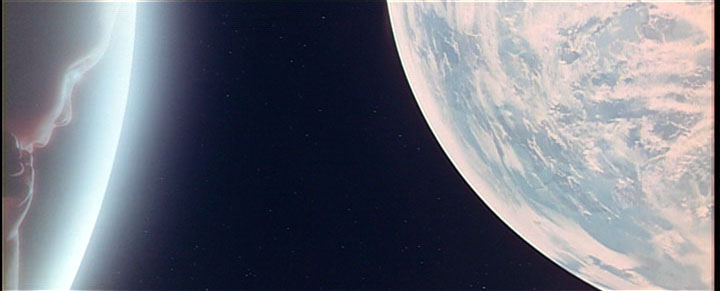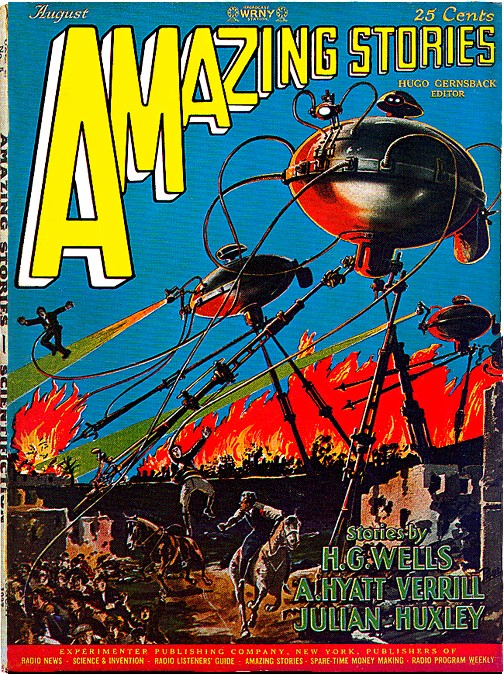
English
192
Science
Fiction
Spring 2002
Professor William
Warner

|
|
|
Contexts for reading 2001
|
|
The unifying theme of 2001: A Space Odyssey: tracing the history of the relationship between humans and their tools Kubrick on the centrality of tools: "It's simply an observable fact that all of man's technology grew out of his discovery of the tool/weapon. There's no doubt that there is a deep emotional relationship between man and his machine-weapons, which are his children. The machine is beginning to assert itself in a very profound way, even attracting affection and obsession."(Kubrick in interview)
Novem of 2001: what if humanity develops out of men-apes not because of spontaneous evolutionary development, but because a more advanced form of intelligent life placed a monolith on our planet, from which we learned to use technology…. monolith not a symbol but an agent. |
|
Clark and Kubrick aspire to a more advanced form of science fiction
|
|
Kubrick's new visual language for science fiction film No: stars; heroes to identify with; creepy aliens; high-tech explanations; conventional sound-track and dialogue Instead: a scenic
film with a visual poetry that invites reflection
Effect of this
visual language: a lyrical direct address to the film
spectator so as to invite reflection |
|
|
|
The Human and the Computer in the Controlled Environment of the Jupiter Mission
|
|
What relation machine intelligence and extra-terrestrial intelligence?
|
| Next time: through the Stargate |


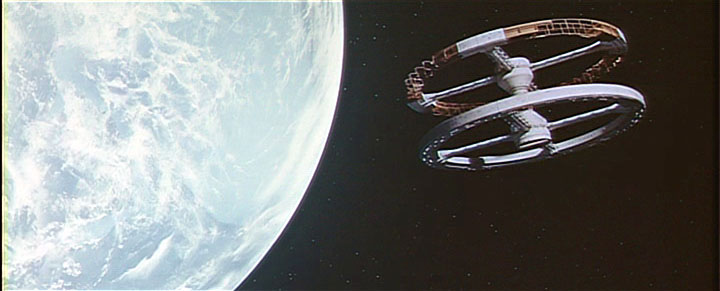
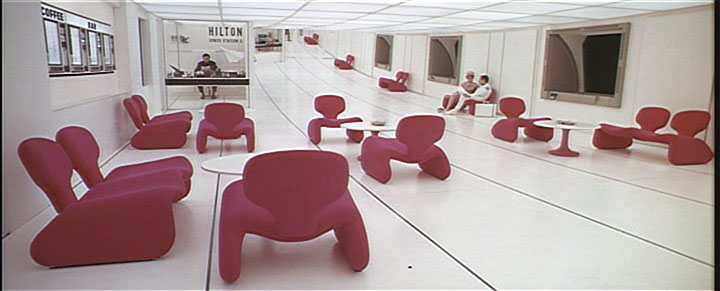
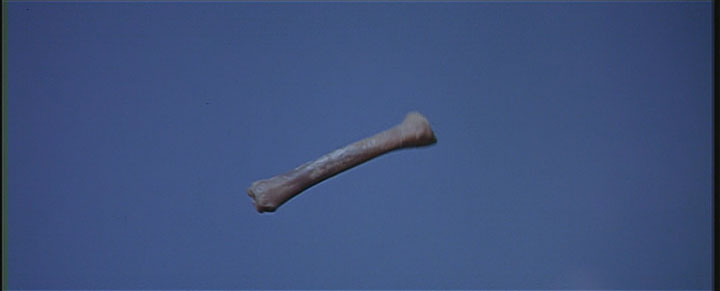 The most famous cut in the history of film
The most famous cut in the history of film